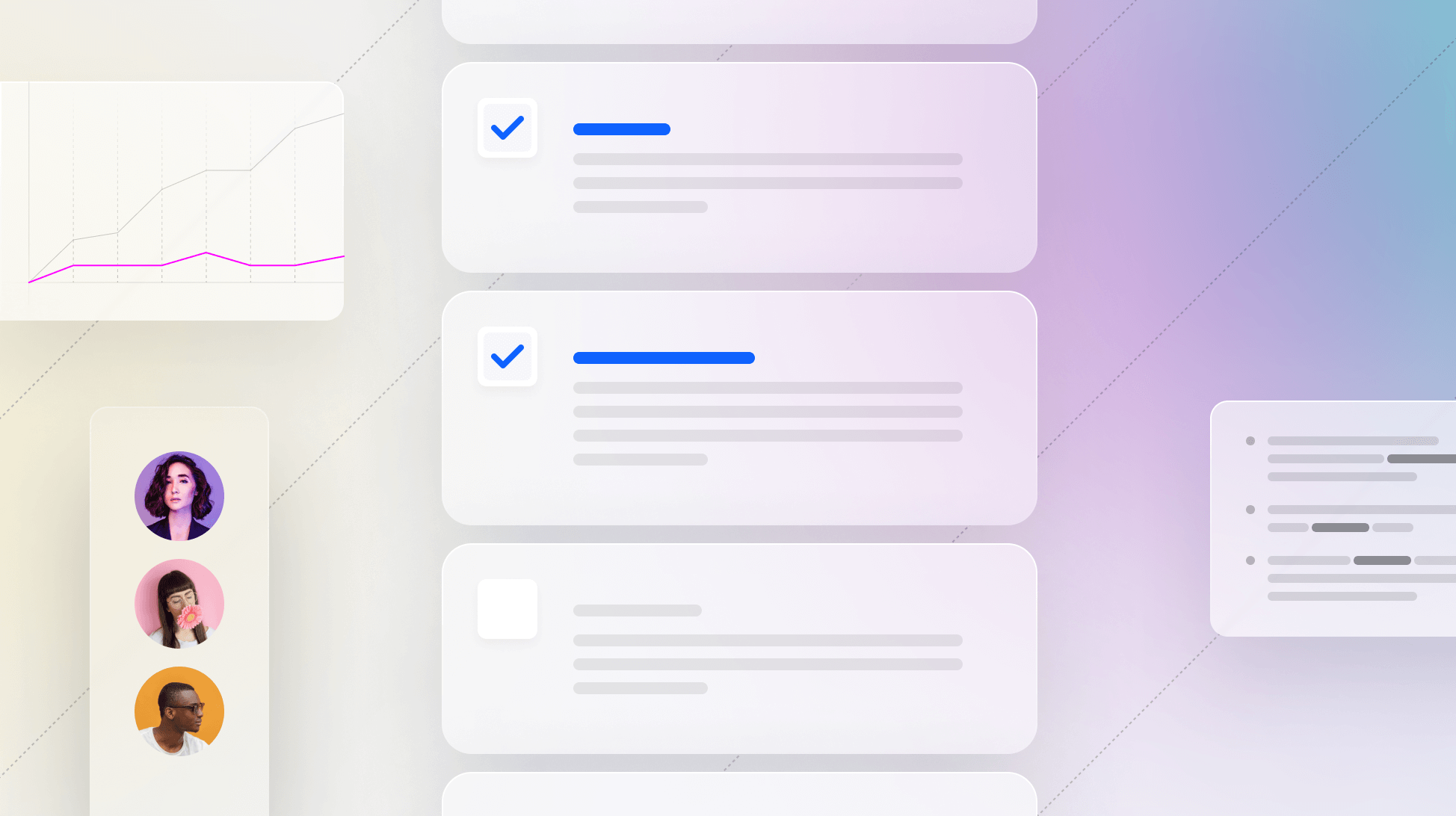
Securing Buy-In for Your Design System: A Lifecycle Approach
Discover how to secure stakeholder buy-in for a design system at every stage, from pre-building to post-launch, and transform your product development process.

Discover how to secure stakeholder buy-in for a design system at every stage, from pre-building to post-launch, and transform your product development process.
The introduction of a design system within an organization marks a pivotal step towards unifying product development efforts, ensuring consistency across platforms, and significantly enhancing team efficiency. However, the journey from concept to implementation and beyond is fraught with challenges, notably securing the necessary buy-in from various stakeholders at each stage. This guide explores a strategic approach to navigate through these phases, ensuring your design system not only sees the light of day but thrives and evolves as an integral part of your organization’s product development lifecycle.
The foundation of a successful design system is built on comprehensive stakeholder engagement. Identifying and understanding the concerns, needs, and motivations of key figures within your organization is crucial. This group often spans C-suite executives who are looking for ROI and strategic alignment, product managers seeking efficiency in product development, engineering team leads aiming for reduced development time, and design directors who prioritize brand consistency.
Creating a compelling business case for a design system involves highlighting existing pain points such as disjointed interfaces, inconsistent user experiences, and the high cost of redundant design efforts. You can articulate a clear value proposition by linking these issues directly to business outcomes—like slower time-to-market, weakened brand perception, and inflated project costs. Include in your business case:
With the groundwork laid and buy-in secured, the focus shifts to the teams who will directly interact with the design system. It's essential to ensure that the system addresses their specific challenges and integrates seamlessly into existing workflows. Engage with team leads, designers, and engineers through sit-downs or workshops to gather insights into their daily obstacles and tooling preferences. This collaborative approach not only tailors the design system to meet user needs but also fosters a sense of ownership and investment across teams.
Adopting a product research mindset towards the design system involves treating it as an evolving product that requires user feedback, iteration, and marketing. Setting up office hours and creating feedback loops are effective strategies to maintain open lines of communication, gather valuable insights, and iteratively refine the system. This phase is crucial for ensuring the design system remains relevant, user-friendly, and effectively solves the challenges it was created to address.
The launch of a design system is an internal event that deserves the same level of attention and excitement as the release of a new product. Developing an internal marketing strategy that highlights the system's benefits, showcases success stories, and provides clear guidance on how teams can adopt and utilize the system is key. Implement training sessions, workshops, and detailed documentation to ensure users across the organization understand how to make the most of the design system.
Acknowledging the individuals and teams who contribute to the design system's success is crucial. Whether through formal recognition in company meetings, awards, or simple thank-you notes, showing appreciation for their hard work and dedication fosters a positive and inclusive culture.
To drive adoption and keep engagement high post-launch, consider gamifying the process. Initiatives like design sprints, hackathons, or recognition programs for the best use of the design system can create a sense of competition and fun, encouraging more teams to explore and integrate the system into their projects. Celebrating wins, both big and small, reinforces the value of the design system and keeps it top of mind within the organization.
A design system is a living entity that requires ongoing evaluation and enhancement to stay effective. Regularly gather feedback from users, monitor adoption rates, and track efficiency gains to identify areas for improvement. Use this data to make informed decisions about updates, additions, and revisions to the design system. Keeping the system up-to-date and in line with the latest design trends and technology standards ensures it remains a valuable asset to the organization.
Implementing a design system is a comprehensive process that extends far beyond its initial launch. By securing stakeholder buy-in early, engaging with end-users during development, and actively promoting and iterating on the system post-launch, organizations can maximize the benefits of their design system. This lifecycle approach not only ensures the successful adoption of the design system but also fosters a culture of collaboration, efficiency, and innovation that can transform the product development process.
By championing a design system through these stages, you lay the groundwork for a more unified, efficient, and creative design and development environment that propels your organization forward.